Volkswagen is focusing on a strong localisation drive in China and the development of a digital architecture for faster EV development and production as the market competes aggressively on price.
While VW restructures its domestic production in Germany in the face of high overheads and overcapacity, it is also realigning its activity in China in the face of a price war triggered by the high level of competition from up to 120 domestic carmakers. Currently the Chinese automotive market is characterised by high discounts, with up to 50% offered by many local competitors, including for new releases, according to VW Group in China. That has led to a massive price drop in the market and a need to find cost efficiencies in production.
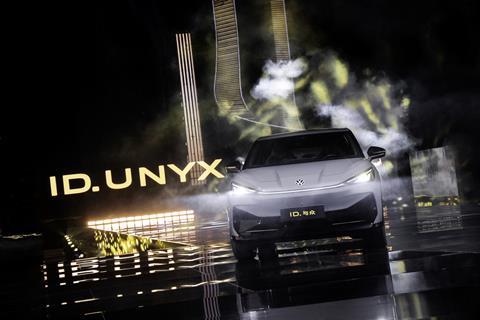
As it seeks to re-establish itself as the number one international carmaker operating in the world’s biggest battery EV market, VW China is looking at its own rapid electrification plan in line with its local production policy of making ‘in China for China’. It aims to sell approximately 4m vehicles by 2030 and grow its operating result to around €3 billion. However, a spokesperson for the company said that VW Group and its brands are not planning to “grow at any price” in the current environment. “Instead, the VW Group is focusing on sustainable value creation and thus on ‘value over volume’. To achieve this, we are consciously accepting a decline in market share,” he said.
Instead, VW Group is focusing on investments in future technologies and aligning the business with the new market conditions in China.
Model plans
Following VW’s release of its ID.Unyx battery EV (BEV) in July 2024, the Audi brand’s joint venture with FAW in Changchun started production pure BEVs based on its premium electric platform starting with the Audi Q6L e-tron. Volkswagen is also planning BEV production in collaboration with Chinese EV maker XPeng between 2025-2026 and Audi will launch a new sub-brand with SAIC over the same time.
It is also planning four compact class models based on its Compact Main Platform (CMP) developed by its Volkswagen China Technology Company (VCTC) in Hefei according to a high technical localisation. The compact class accounts for more than half of the e-mobility market in China and VW said that the VCTC is designed to increase by 30% the speed of development and production, as well as exploiting cost advantages through local supply chains.
At the same time, the VW Group in China is driving forward the digitalisation of its model portfolio. From 2026, the China Electronic Architecture (CEA) will be used for local VW brand production of fully electric vehicles, according to its spokesperson. That architecture is also developed by the VCTC, working with Cariad China in cooperation with local BEV maker XPeng. Cariad is VW’s automotive software company and it set up a subsidiary in China in 2022.
According to VW, the CEA enables “the fast and seamless integration of complex technologies, such as smart cockpits or autonomous driving functions, in the vehicle”. VW said the CEA will be an important pacemaker for Volkswagen on its way to becoming a leading manufacturer of intelligent, fully connected EVs in China.
“The CEA is an E/E architecture and the heart of the Volkswagen brand’s digitalisation offensive, with which we are taking a leading role in the age of intelligently connected vehicles (ICV) because CEA enables the rapid and cost-efficient expansion of digital services and functions, with continuous system updates over the air,” said VW China’s spokesperson.
The CEA will be used on a large scale in locally produced VW brand vehicles from 2026. That includes cars on MEB platform and on the newly developed CMP for the market-leading compact class. In doing so, VW said it is taking a decisive step towards the software-defined vehicle.
In addition, VW Group China is planning to gradually hybridise models with combustion engines and convert them into an electrified fleet. This will enable the company to expand its portfolio to include new market segments, according to the company,
Overall, the VW Group plans to launch more than 40 new models in China over the next three years – half of which will be pure battery electric or new energy vehicles (NEVs). By 2030, VW Group brands will offer 30 new pure EVs in China, according to its spokesperson. VW Group said it had no plans to export any of that volume from China to Europe, other than its only current existing export, which is the Cupra Tavascan. Its growth plan instead is based on the made in China for China principle aiming to exploit a market that is expected to grow from the current 22m vehicles to 28m by 2030.
“In this environment, the VW Group is aiming to sell over 4m vehicles by 2030, with the corresponding profitability,” said its spokesperson. “The VW Group aims to be the largest international OEM in China and thus among the top three OEMs in the country.”
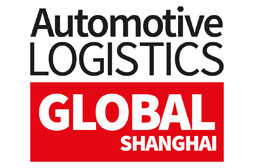



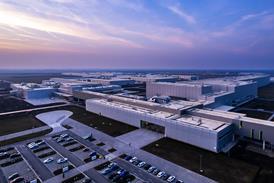

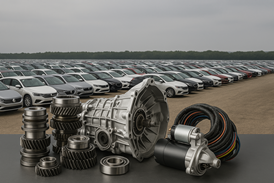

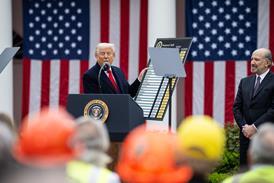
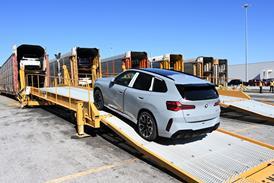




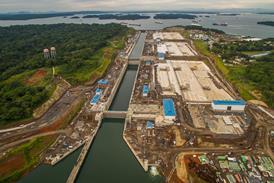


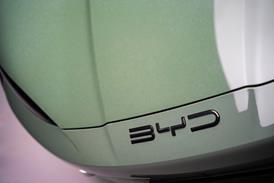





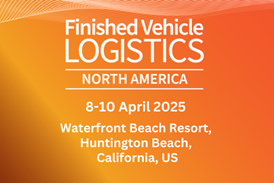

![Global[1]](https://d3n5uof8vony13.cloudfront.net/Pictures/web/a/d/s/global1_726550.svgz)
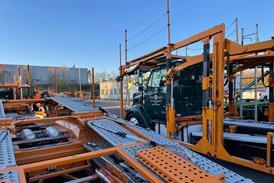
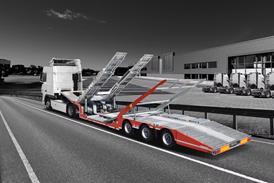
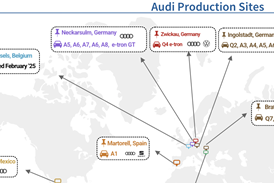

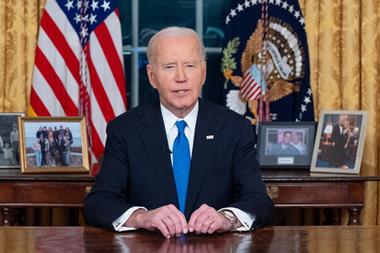
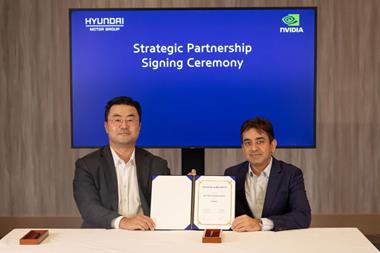
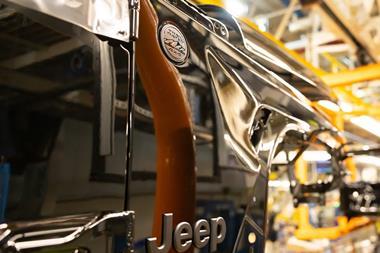






No comments yet